|
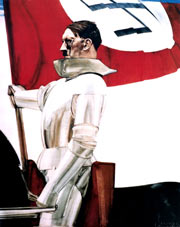 Art was considered to be one of the most important elements to strengthening the Third Reich and purifying the nation. Political aims and artistic expression became one. The task of art in the Third Reich was to shape the population's attitudes by carrying political messages with stereotyped concepts and art forms.
Art was considered to be one of the most important elements to strengthening the Third Reich and purifying the nation. Political aims and artistic expression became one. The task of art in the Third Reich was to shape the population's attitudes by carrying political messages with stereotyped concepts and art forms.
True art as defined by Hitler was linked with the country life, with health, and with the Aryan race. "We shall discover and encourage the artists who are able to impress upon the State of the German people the cultural stamp of the Germanic race . . . in their origin and in the picture which they present they are the expressions of the soul and the ideals of the community."(Hitler, Party Day speech, 1935)
MODERN ART HAD NO PLACE IN THE THIRD REICH
Artists banned by the Third Reich:
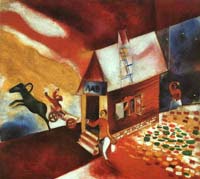
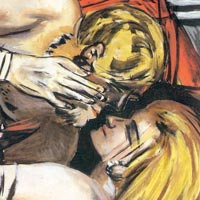
Pablo Picasso, van Gogh, Felix Mendelssohn, Gustav Mahler, Max Beckmann, Wassily Kandinsky, Emil Nolde, George Grosz, Marc Chagall, Arnold Schoenberg, Lovis Corinth, Otto Dix, Alexej von Jawlensky, Paul Klee, Ernst Barlach, Bertold Brecht,...
Artists favored by the Third Reich:
Richard Wagner, Franz Stassen, Carl Orff, Richard Strauss, Herbert von Karajan, Clemens Krauss, Marlene Dietrich, ...
"DEGENERATE" ART
Hitler, who, ironically, had been rejected twice from Vienna's Academy of Fine Arts, eagerly assumed the role as the ultimate art critic - deciding the fate of all art objects that existed in occupied countries.
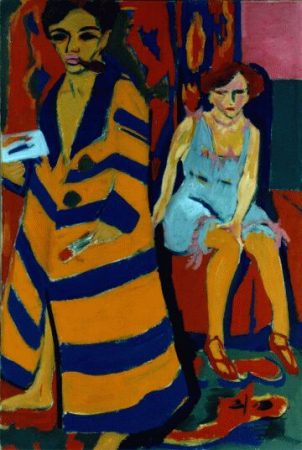 The years 1927-37 were critical for artists in Germany. In 1927, the National Socialist Society for German Culture was formed. The aim of this organization was to halt the "corruption of art" and inform the people about the relationship between race and art. By 1933, the terms "Jewish," "Degenerate," and "Bolshevik" were in common use to describe almost all modern art.
The years 1927-37 were critical for artists in Germany. In 1927, the National Socialist Society for German Culture was formed. The aim of this organization was to halt the "corruption of art" and inform the people about the relationship between race and art. By 1933, the terms "Jewish," "Degenerate," and "Bolshevik" were in common use to describe almost all modern art.
In 1937, Nazi officials purged German museums of works the Party considered to be degenerate. From the thousands of works removed, 650 were chosen for a special exhibit of Entartete Kunst. The exhibit opened in Munich and then traveled to eleven other cities in Germany and Austria. In each installation, the works were poorly hung and surrounded by graffiti and hand written labels mocking the artists and their creations. Over three million visitors attended making it the first "blockbuster" exhibition.
 Hitler's process of "purification" began with raids on museums and galleries in which impressionist and abstract paintings, drawings, and sculptures were removed. The Nazis were as passionate about their contempt for "unacceptable" art as they were practical. While almost 5,000 pieces were burned, works by renowned artists such as Picasso that were likely to fetch high bids on the international art market were auctioned off in Switzerland to raise money for the Nazi party.
Hitler's process of "purification" began with raids on museums and galleries in which impressionist and abstract paintings, drawings, and sculptures were removed. The Nazis were as passionate about their contempt for "unacceptable" art as they were practical. While almost 5,000 pieces were burned, works by renowned artists such as Picasso that were likely to fetch high bids on the international art market were auctioned off in Switzerland to raise money for the Nazi party.
"DEGENERATE" MUSIC
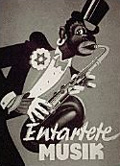 Bach, Beethoven, Brahms, Wagner, Haendel… This rich musical heritage was used by Hitler to promote Aryan superiority. His ideas concerning music and art shaped the cultural atmosphere and political policies for all of Germany. All compositions written by Jews or by those persons suspected of being sympathizers were banned.
Bach, Beethoven, Brahms, Wagner, Haendel… This rich musical heritage was used by Hitler to promote Aryan superiority. His ideas concerning music and art shaped the cultural atmosphere and political policies for all of Germany. All compositions written by Jews or by those persons suspected of being sympathizers were banned.
Like their counterparts in the Arts, musicians were trying to express through music the world around them. Any music that demonstrated abstract expressionism, jazz, or experimented with "atonality" was prohibited and labeled "entartet" or degenerate.
After the race laws of 1933, the Reichsmusikkammer (Reich Music Chamber) required a registry of all German musicians. As a result, hundreds of talented composers had their work deliberately suppressed and careers ended simply because their race or style of music offended the Third Reich. By 1938, examples of degenerate music were on display at the Entartete Musik Exhibit for the public to view. Famous works by Mendelssohn, Mahler, and Schoenberg were used as examples of unacceptable music. A generation of incredibly innovative and promising musicians was virtually excluded from its place in music history.

|


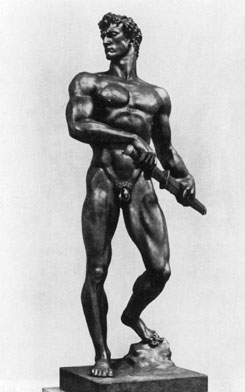
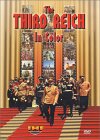
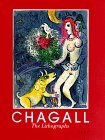

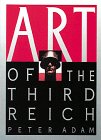

 View movies
View movies






